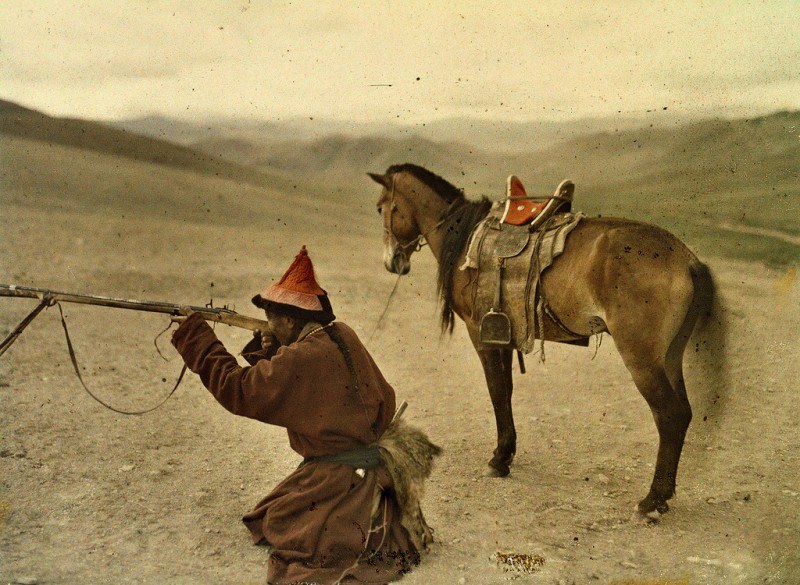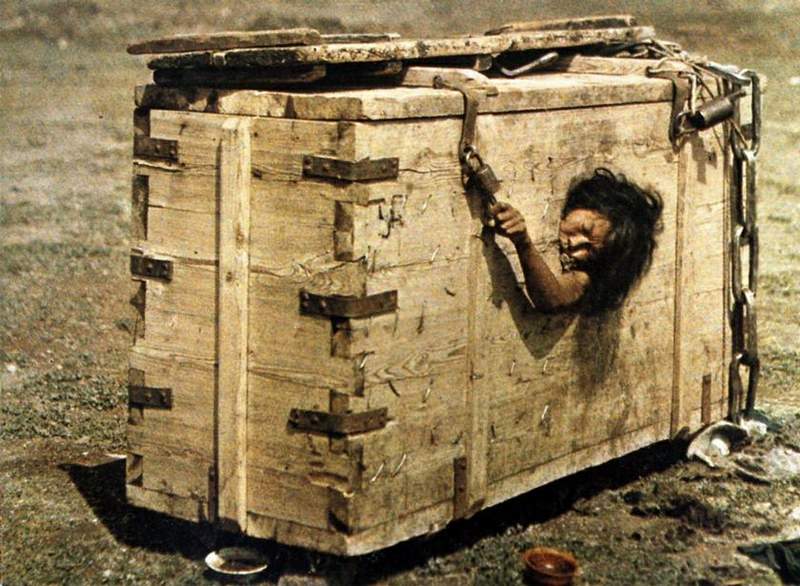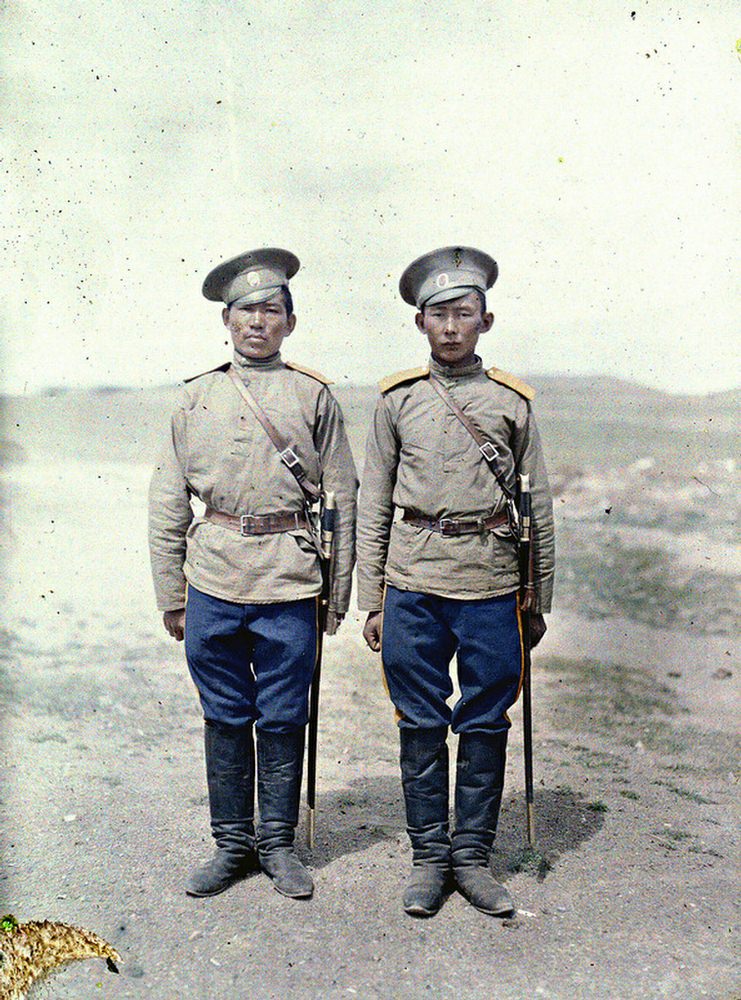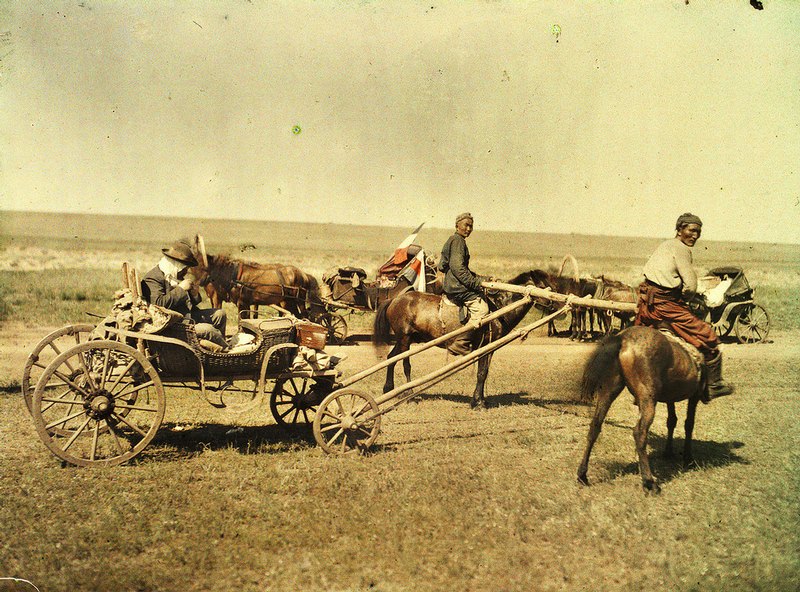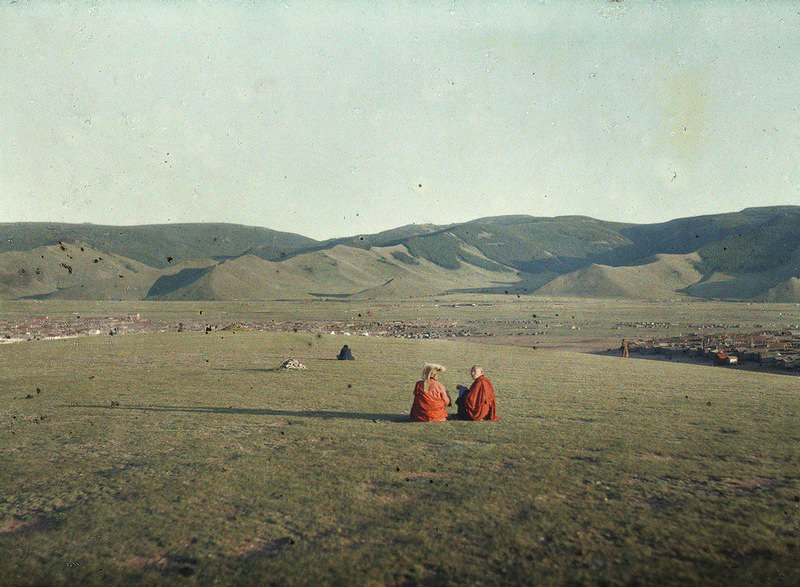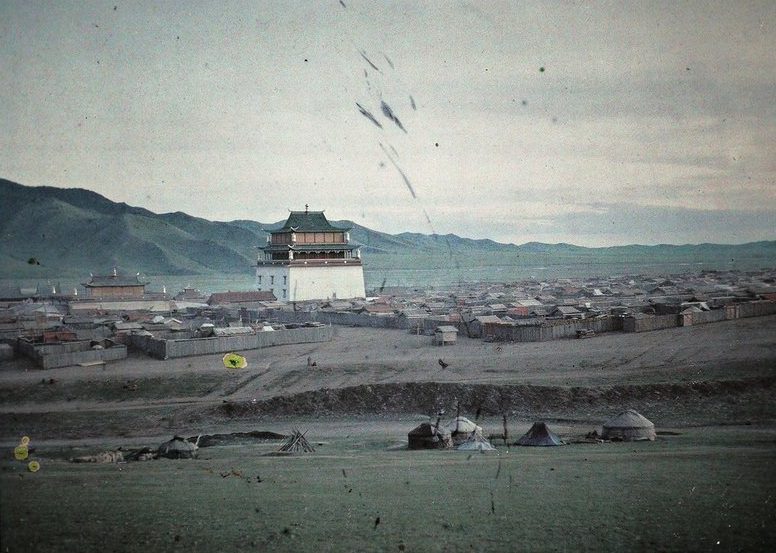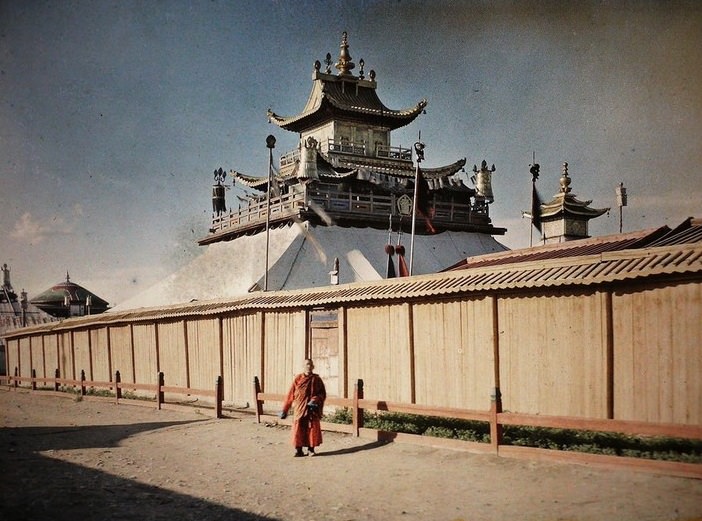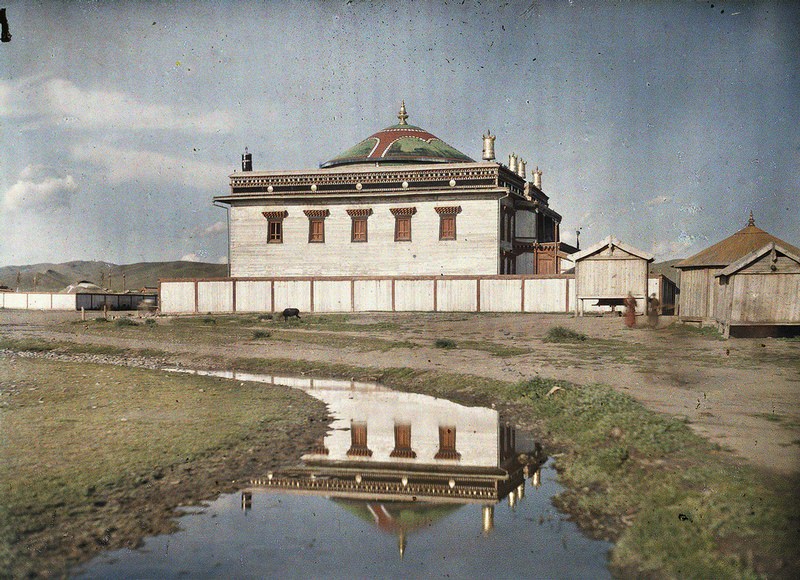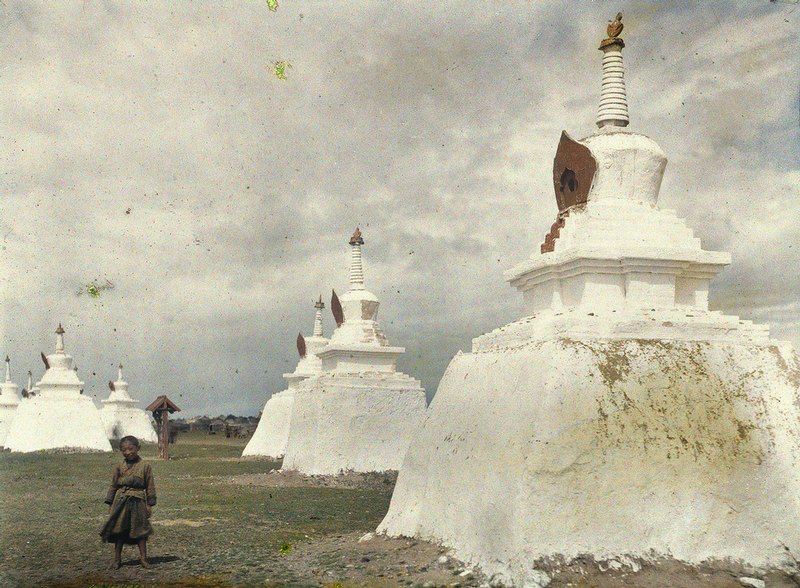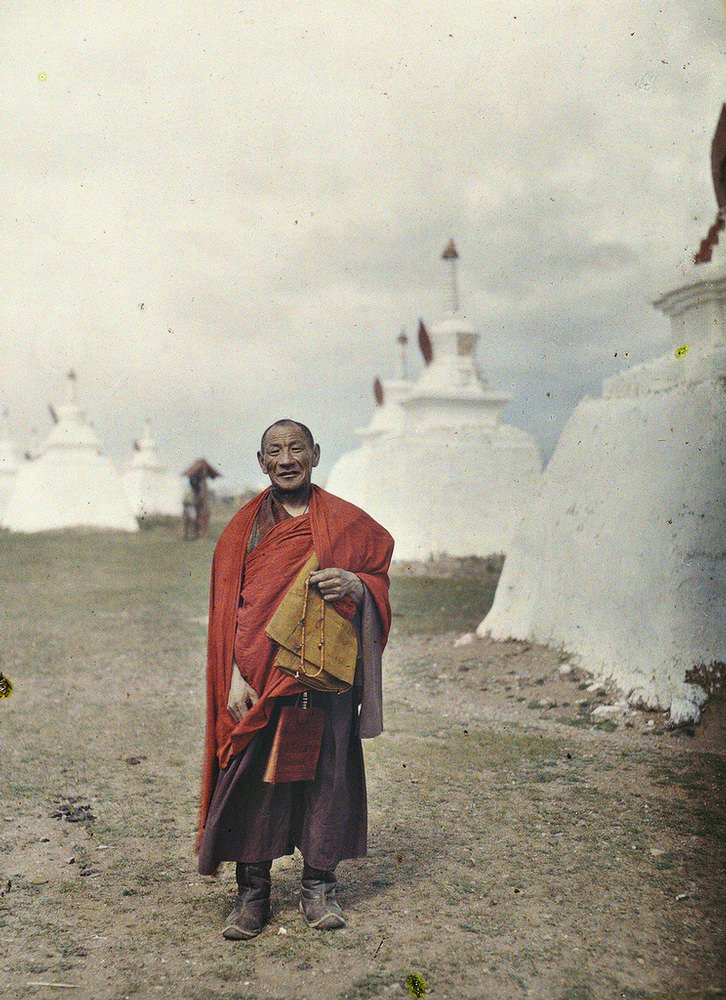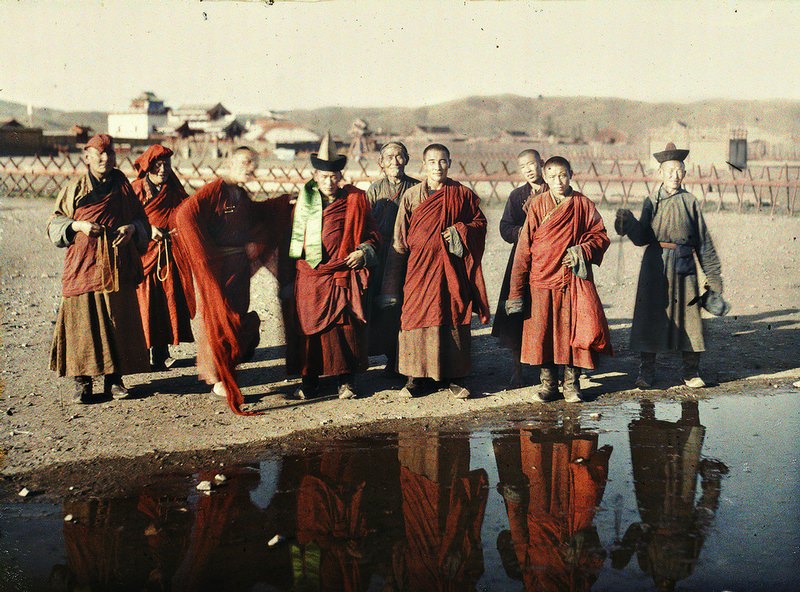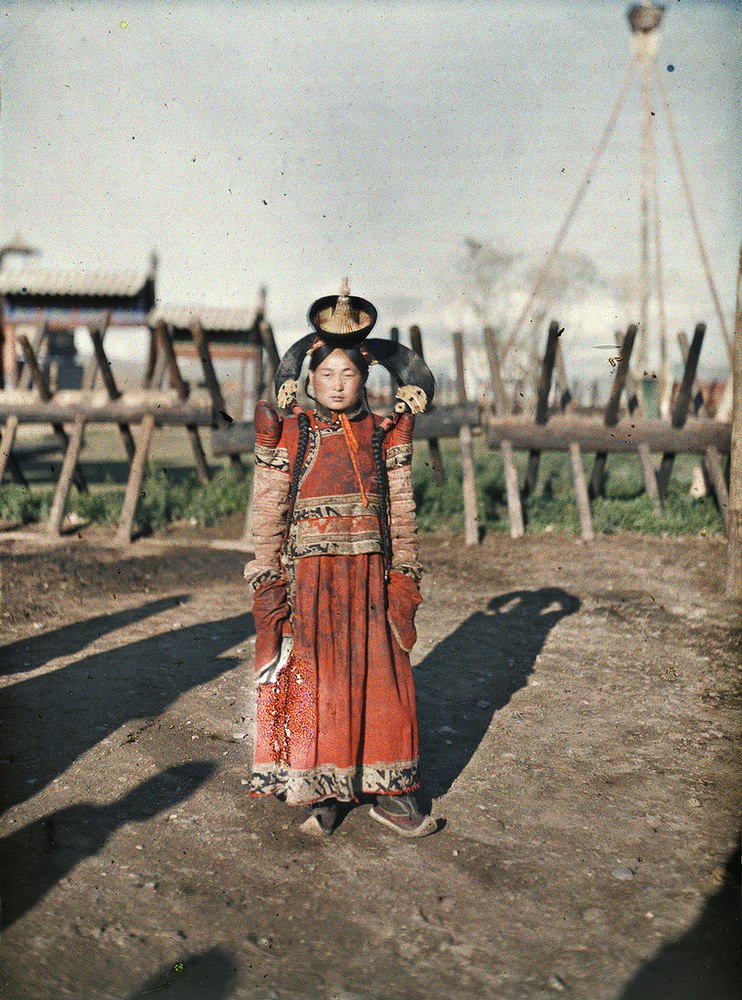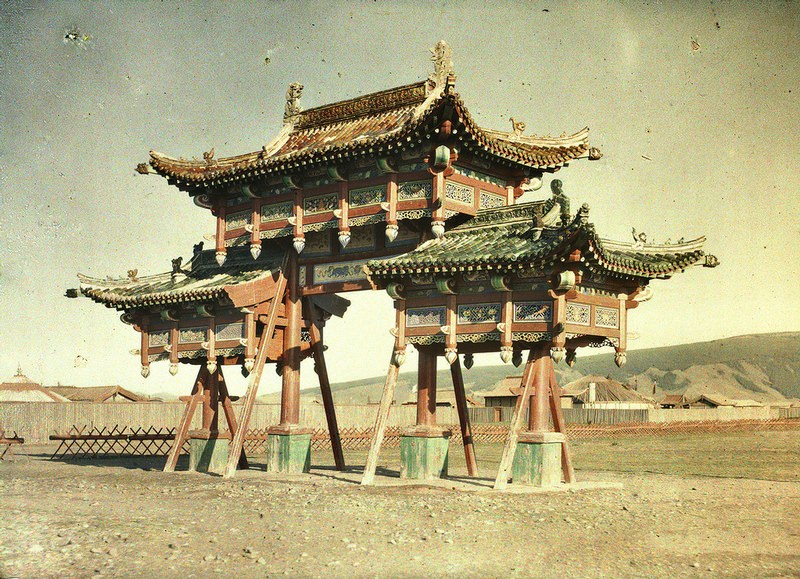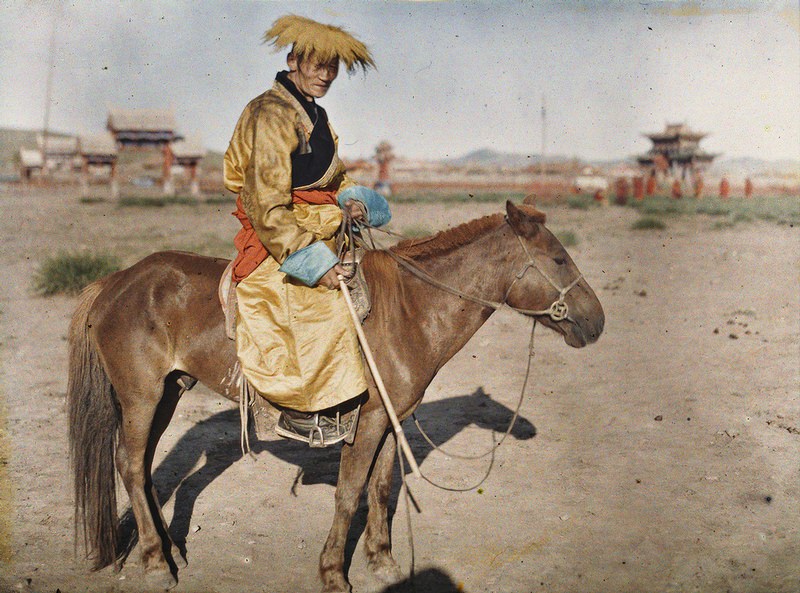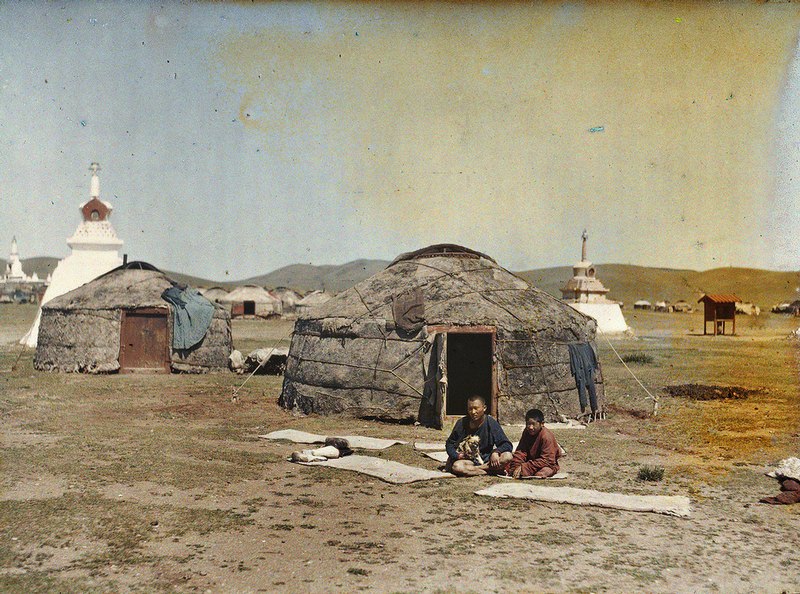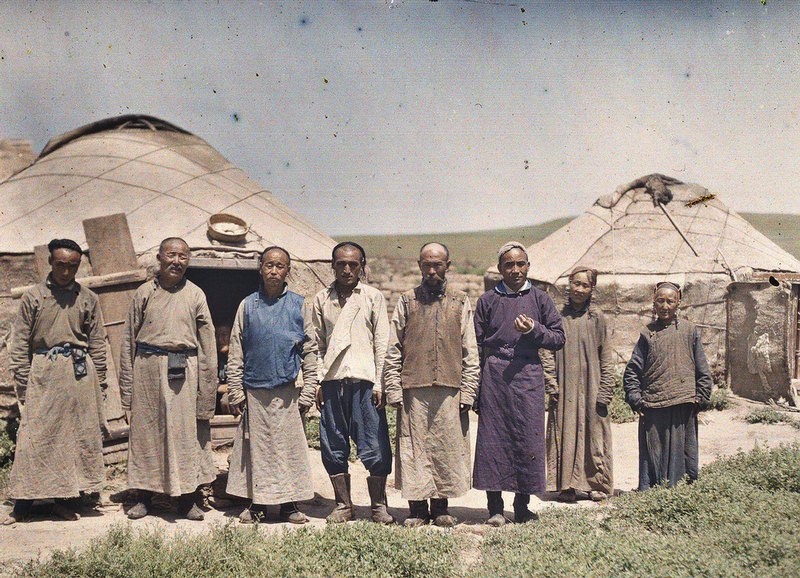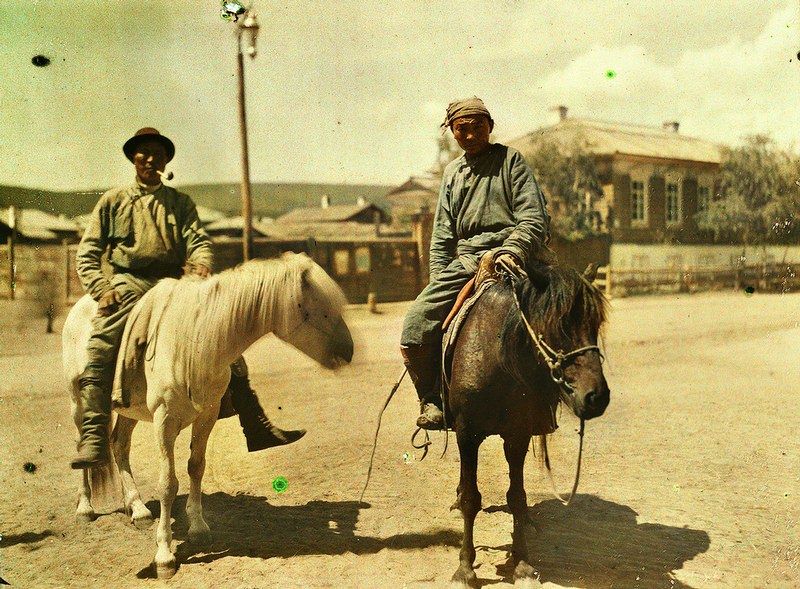The Russian Protectorate of Mongolia was established after the collapse of the Chinese Qing dynasty, and the Bogd Khanate of Mongolia was under Mongolian nobles’ rule, who were worried about the Chinese and Japanese expansion in the region; therefore, they sought the protection of the Russian Empire. The Russian Empire established the Protectorate to safeguard its southern flank and prevent the British Empire and Japan from gaining a foothold in the region.
Life in the Russian Protectorate of Mongolia in the early 1900s was a complex mix of traditional Mongolian culture and the influences of Russian colonialism. The area was under the control of the Russian Empire, and the government-imposed policies aimed at assimilating the Mongolian people into Russian culture. This included efforts to suppress traditional Mongolian customs and religion and the forced settlement of Russian settlers in the region.
The economy of the Russian Protectorate of Mongolia was primarily based on agriculture, with some limited mining and industrial development. Many Mongolians were forced to work on state-run farms, and their land and resources were often taken by Russian settlers. The living conditions for the Mongolian people were generally poor, with a lack of access to education, healthcare, and other basic necessities. The Russian government implemented policies to suppress traditional Mongolian culture and religion. This included the banning of traditional Mongolian script and the forced adoption of the Cyrillic alphabet, as well as the suppression of traditional religious practices. The government also promoted the settlement of Russian settlers in the region, which led to the displacement of many Mongolians from their ancestral lands.
Despite these challenges, the Mongolian people maintained a strong sense of identity and resistance to Russian rule. They formed secret societies to preserve their culture and traditions, and there were several uprisings against Russian rule throughout the period. These efforts ultimately led to the establishment of the independent Mongolian People’s Republic in 1924, which ended the Russian Protectorate of Mongolia.


